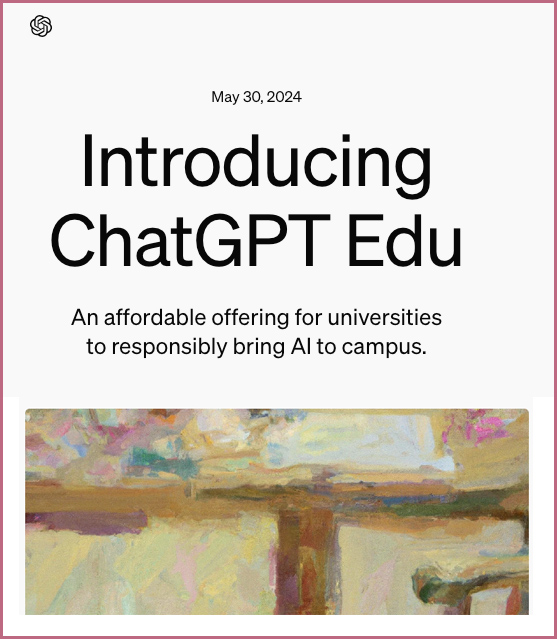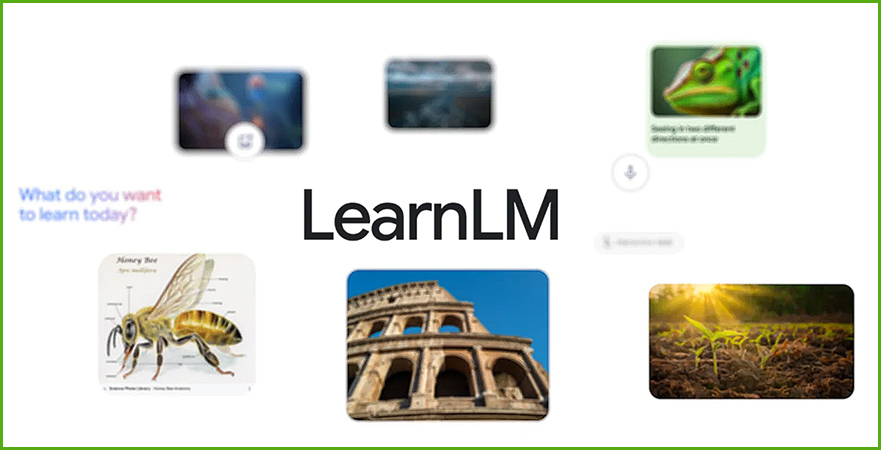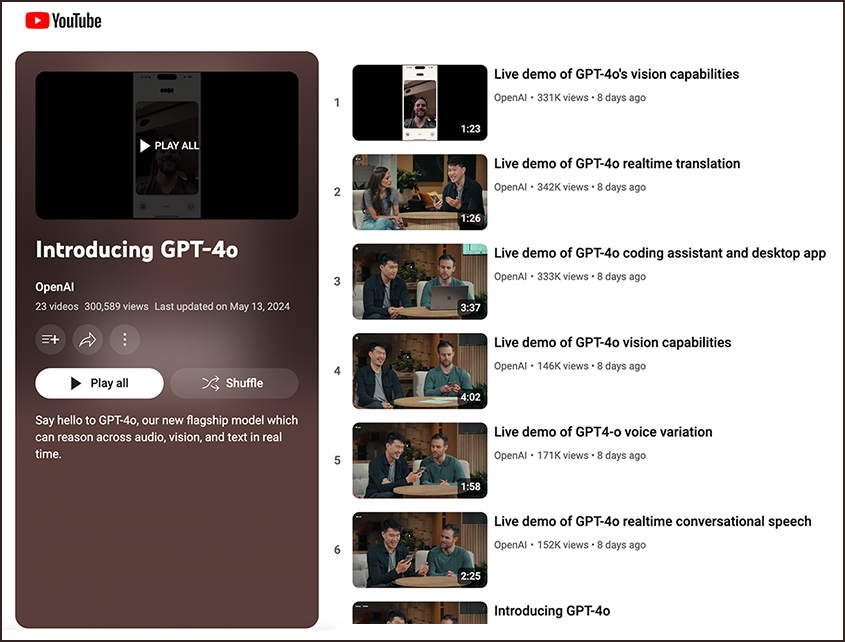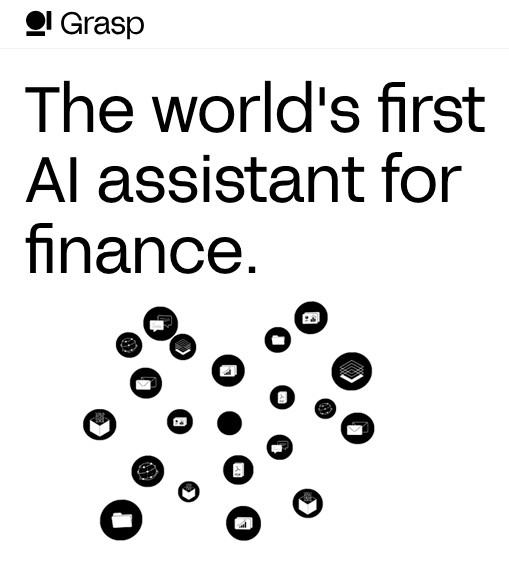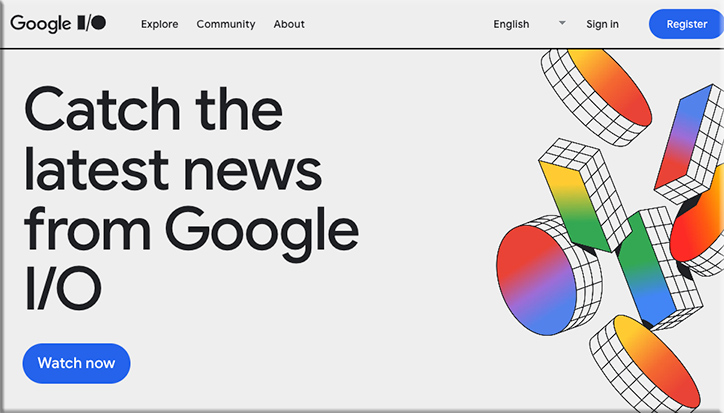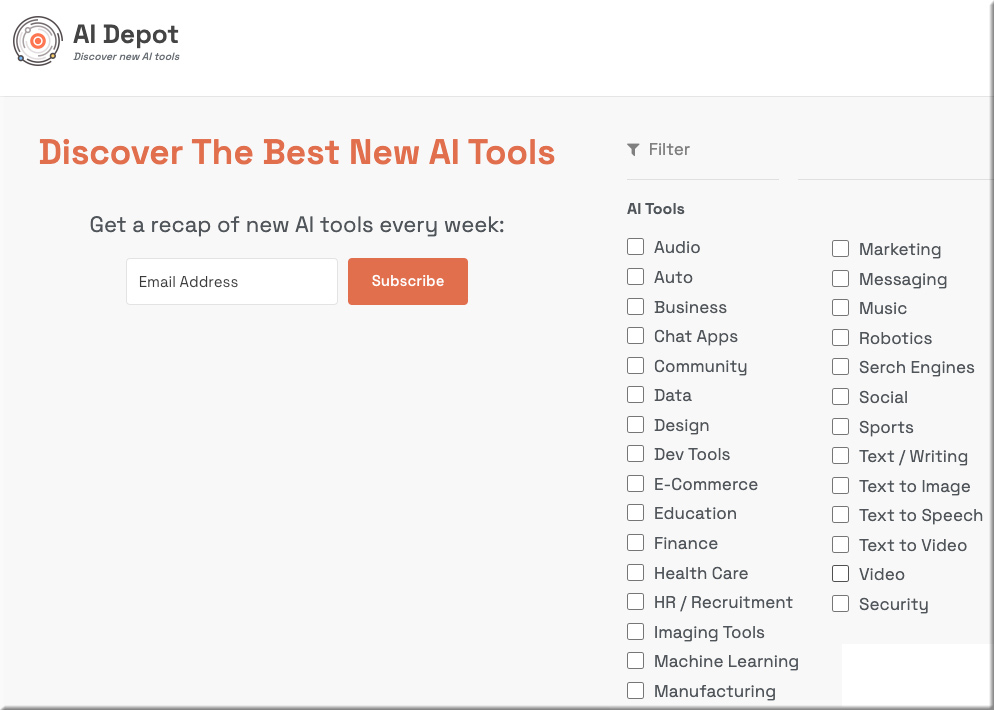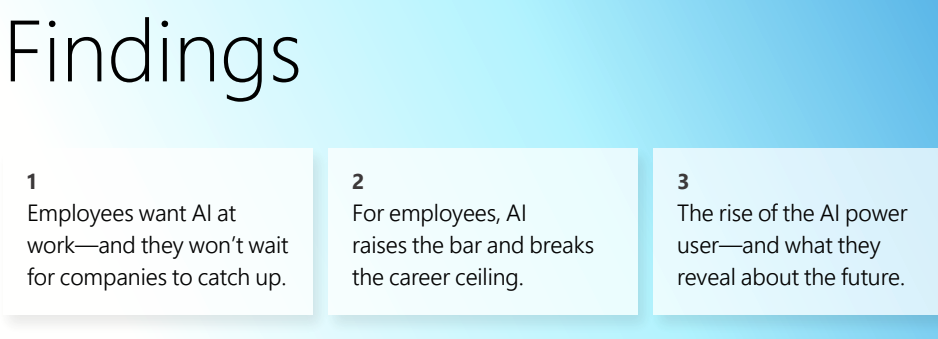Introducing ChatGPT Edu — from openai.com
An affordable offering for universities to responsibly bring AI to campus.
We’re announcing ChatGPT Edu, a version of ChatGPT built for universities to responsibly deploy AI to students, faculty, researchers, and campus operations. Powered by GPT-4o, ChatGPT Edu can reason across text and vision and use advanced tools such as data analysis. This new offering includes enterprise-level security and controls and is affordable for educational institutions.
We built ChatGPT Edu because we saw the success universities like the University of Oxford, Wharton School of the University of Pennsylvania(opens in a new window), University of Texas at Austin, Arizona State University(opens in a new window), and Columbia University in the City of New York were having with ChatGPT Enterprise.
ChatGPT can help with various tasks across campus, such as providing personalized tutoring for students and reviewing their resumes, helping researchers write grant applications, and assisting faculty with grading and feedback.
Claude can now use tools — from anthropic.com
Excerpt (emphasis DSC):
Tool use, which enables Claude to interact with external tools and APIs, is now generally available across the entire Claude 3 model family on the Anthropic Messages API, Amazon Bedrock, and Google Cloud’s Vertex AI. With tool use, Claude can perform tasks, manipulate data, and provide more dynamic—and accurate—responses.
Define a toolset for Claude and specify your request in natural language. Claude will then select the appropriate tool to fulfill the task and, when appropriate, execute the corresponding action:
- Extract structured data from unstructured text…
- Convert natural language requests into structured API calls…
- Answer questions by searching databases or using web APIs…
- Automate simple tasks through software APIs…
- Orchestrate multiple fast Claude subagents for granular tasks…
From DSC:
The above posting reminds me of this other posting…as AGENTS are likely going to become much more popular and part of our repertoire:
Forget Chatbots. AI Agents Are the Future — from wired.com by Will Knight
Startups and tech giants are trying to move from chatbots that offer help via text, to AI agents that can get stuff done. Recent demos include an AI coder called Devin and agents that play videogames.
Devin is just the latest, most polished example of a trend I’ve been tracking for a while—the emergence of AI agents that instead of just providing answers or advice about a problem presented by a human can take action to solve it. A few months back I test drove Auto-GPT, an open source program that attempts to do useful chores by taking actions on a person’s computer and on the web. Recently I tested another program called vimGPT to see how the visual skills of new AI models can help these agents browse the web more efficiently.
Looking Back on My AI Blog One Year In: AI Unfolding as Predicted — from stefanbauschard.substack.com Stefan Bauschard
On May 30, 2023, I’ve started blogging about AI, and, so far, I think things have been unfolding as predicted.
Topics included:
- AGI
- It’s not just another piece of Edtech
- AI Literacy
- Bot Teachers/tutors
- AI Writing Detectors
- AI Use in the Classroom is Uncontrollable
- …and more









